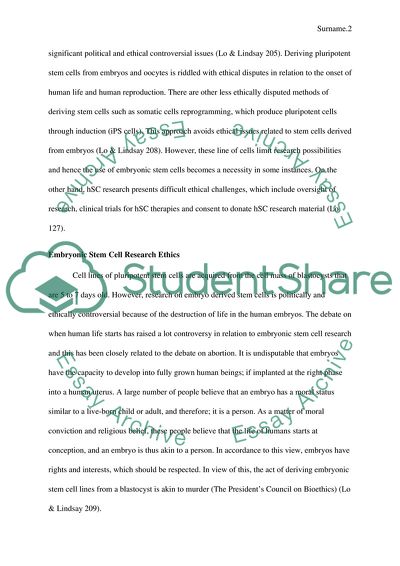Cite this document
(Ethical Issues in Stem Cell Research Paper Example | Topics and Well Written Essays - 3500 words, n.d.)
Ethical Issues in Stem Cell Research Paper Example | Topics and Well Written Essays - 3500 words. Retrieved from https://studentshare.org/biology/1798640-stem-cell-research
Ethical Issues in Stem Cell Research Paper Example | Topics and Well Written Essays - 3500 words. Retrieved from https://studentshare.org/biology/1798640-stem-cell-research
(Ethical Issues in Stem Cell Research Paper Example | Topics and Well Written Essays - 3500 Words)
Ethical Issues in Stem Cell Research Paper Example | Topics and Well Written Essays - 3500 Words. https://studentshare.org/biology/1798640-stem-cell-research.
Ethical Issues in Stem Cell Research Paper Example | Topics and Well Written Essays - 3500 Words. https://studentshare.org/biology/1798640-stem-cell-research.
“Ethical Issues in Stem Cell Research Paper Example | Topics and Well Written Essays - 3500 Words”, n.d. https://studentshare.org/biology/1798640-stem-cell-research.


